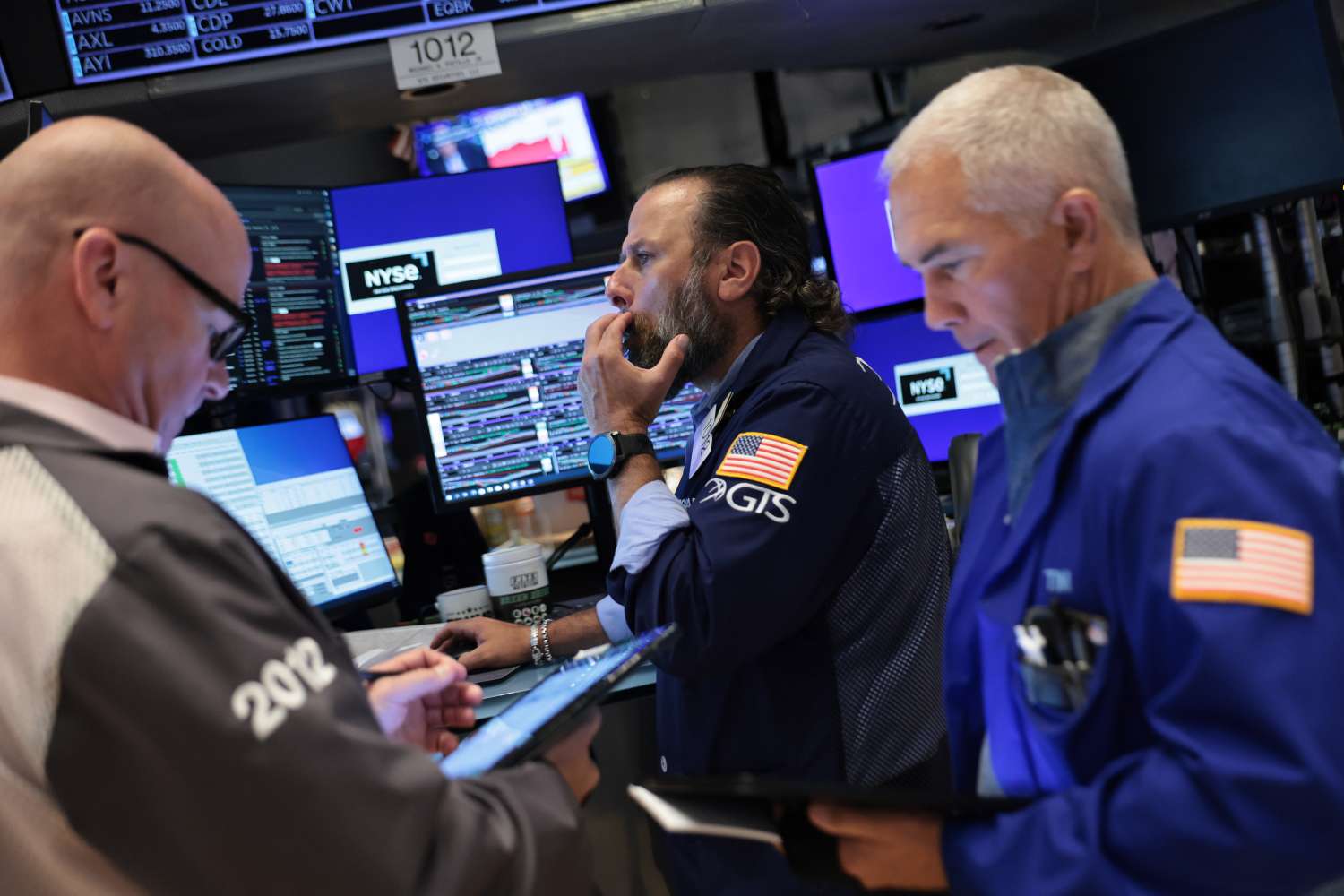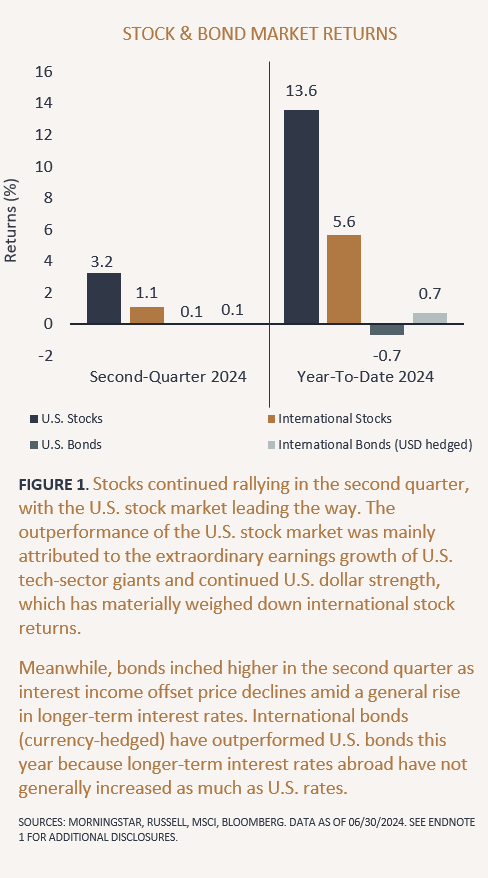From Post‑Pandemic FOMO to Financial Fortitude
In early 2025, a noticeable shift in American spending behavior captured headlines: the country’s long era of “revenge spending”, sparked by pent‑up demand after pandemic lockdowns, has given way to a new, more cautious impulse—“revenge saving.” Consumers are now aggressively bolstering savings, even as interest rates remain relatively attractive and economic uncertainty looms large.
Between January and April 2025, the U.S. personal savings rate jumped from 4.1% to 4.9%, marking a significant change in household behavior over a short span. Wealthier Americans—those earning $125,000 or more—have led the way, with over 44% reporting they are saving more, not splurging.
This pivot hasn’t just come from low-income or struggling households. High-earners are cutting back too: trimming travel budgets, avoiding discretionary purchases, and emphasizing liquidity over lifestyle. Emerging data shows 44% of those earning more than $125K are saving more, while Gen Z is among the most motivated—59% of 18‑ to 25‑year‑olds now consider emergency savings a top priority.
Drivers of the Saving Surge
Economic Anxiety Is Fueling Change
The shift arises amid macroeconomic headwinds. According to MarketWatch, CEO confidence experienced its steepest decline in 50 years in Q2, and unemployment spells have lengthened—all contributing to heightened financial insecurity. Meanwhile, the roller-coaster of tariff threats under the Trump administration continues to push up consumer prices on electronics, autos, and everyday goods.
A Santander survey in late March found that 37% of consumers reported saving more, rising to 44% among high-income households. Additionally, nearly 60% of Americans revised their savings goals, with the top priority being emergency savings.
The Psychology of Control
Financial advisors and employers confirm the shift is about control. Sabrina Jones, who manages two businesses, observed more employees enrolling in emergency savings programs and contributing more—because “there’s so much uncertainty out there,” she said. Savings become what’s controllable amid volatile headlines.
In effect, Americans are flipping the old FOMO-driven spending mindset into strategic self-preservation.
Quantifying the Trend
Rising Savings Metrics
- Savings Rate: Climbing from 4.1% (January) to 4.9% (April), and holding near 4.5% by May.
- Employer‑Sponsored Savings: SecureSave data shows average balances up 32% year-over-year, with users boosting per paycheck contributions by 20%.
These behaviors show that the trend is widespread—from shift workers to high-income professionals.
Who Is Saving—and How
Across Income Brackets
This isn’t just a middle- or low-income phenomenon. Even individuals earning well over six figures are leaving travel and luxury budgets on the shelf. Deloitte research cited by MarketWatch states that households earning over $200K have significantly cut nonessential expenses.
Meanwhile, younger cohorts—especially Gen Z—are prioritizing savings to build resilience against market and job uncertainty.Investopedia
Common Tactics Today
- No‑buy challenges: A full month avoiding nonessential spending.
- Subscription audits: Canceling unused streaming or app services (over 60% reviewing subscriptions; average person wastes ~$17/month).
- Cooking at home: Regularly replacing dining out with home cooking.
- Pre‑planning big purchases: Timing decisions around anticipated tariff increases.
Expert Guidance for “Revenge Savers”
Emergency Fund Rules
Experts advise building a fund covering 6–12 months of essential expenses, though some, like Mary Clements Evans, recommend saving up to two years of runway amid volatile markets.
Automate and Segment Savings
Practical tips include:
- Start small—automate an extra 1% of paycheck into savings, escalate gradually.
- Create segregated buckets: emergency, travel, home deposit, etc. Goal‑based funds help avoid impulse withdrawals.
Choose the Right Vehicle
Despite average savings yields of 4%, a Santander survey reports that 70% of Americans were unaware of high-yield savings accounts. Only 35% knew they are safer than investment accounts.
Financial planners recommend:
- High-yield savings or checking accounts offering ~3.8–4.0% APY.
- Keeping emergency funds liquid and FDIC-insured.
- About a fifth of Americans hold zero emergency savings.
Avoid Deferred Stress
While aggressively paying down high-interest debt is important (e.g. credit cards), ignoring savings altogether can backfire. Experts suggest balancing both—especially in current conditions.
Lifestyle Examples and Real‑World Impact
Some Americans have embraced dramatic lifestyle shifts:
- Employees enrolling in employer-match emergency savings programs, increasing contributions for control and security.
- Middle-class households cutting back on restaurant outings, subscription services, flights, and “splurge purchases” to free up balance sheets.
- Younger savers, inspired by social media communities, taking pride in minimalism and financial independence.
Macro Implications: What It Means for the Economy
This shift has several notable implications:
Lower Consumer Spending
Revenge saving implies restrained consumption. While pro‑savings behavior strengthens household balance sheets, it may also dampen retail and travel sectors, which drove much of the post‑pandemic rebound. A savings rate above 4.5% is unusually high by recent standards
Elevated Cash Holdings
High cash allocations mean more liquidity, but also mean less capital working in equities or fixed income—potentially reducing aggregate market inflows.
Financial System Risks and Rewards
- Risk mitigation: Households with cash buffers are less vulnerable to job loss or economic shocks.
- Lower debt service risk: By not over-leveraging or chasing credit.
But behavioral economists warn that excess liquidity may foster complacency—people feel “safe” but are unprepared if rates or borrowing costs spike.
Balancing Savings with Broader Goals
Experts caution against letting saving eclipse long-term investing:
- Emergency vs. investment: Not every dollar saved should be in cash; long-term goals like retirement still require portfolio growth.
- Market risk: Investors with heavy cash positions may miss market rebounds or compound growth potentials, particularly as interest rates decline.
- Behavioral challenges: Committing to long horizons may feel unfriendly in a high-volatility world—but balanced allocation remains important.
Money pros encourage savers to:
- Set aside six months of living costs.
- Keep additional cash for major expenses (car, tuition, home repairs).
- Diversify: high-yield savings for short-term; equities and bonds for longer-term goals.
Is This Trend Here to Stay?
A Temporary Phase—or a New Norm?
Some analysts believe the shift is strategic and likely to persist as long as uncertainty remains—inflation, tariffs, and market volatility. The memory of pandemic shocks and job losses has reduced appetite for risk.
Others foresee a partial reversal if inflation cools, jobs stabilize, and consumer confidence returns. Yet surveys suggest that 65% of Americans entered 2025 aiming to improve money habits, and nearly 80% plan to increase emergency savings, reinforcing lasting behavior change.
Conclusion: Financial Resilience as the New Cool
The era of impulse splurges is fading in favor of deliberate, defensive financial planning. “Revenge saving” isn’t about deprivation—it’s about arming oneself against uncertainty. The surge in savings rates, widespread enrollment in emergency savings programs, and renewed focus on liquidity show a collective pivot.






Leave a Reply